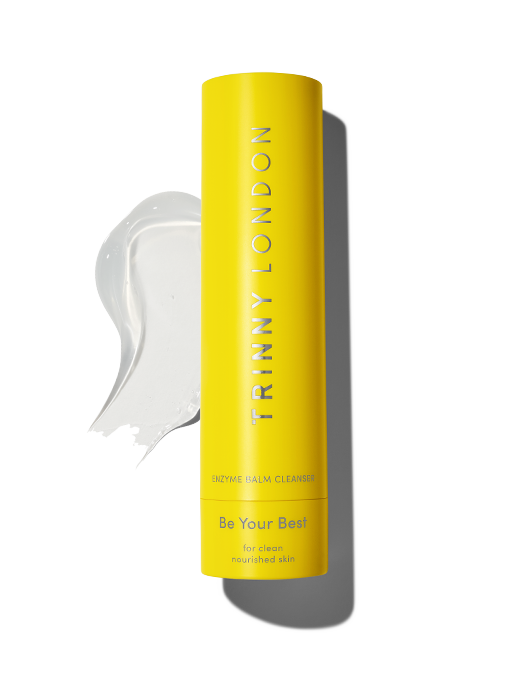
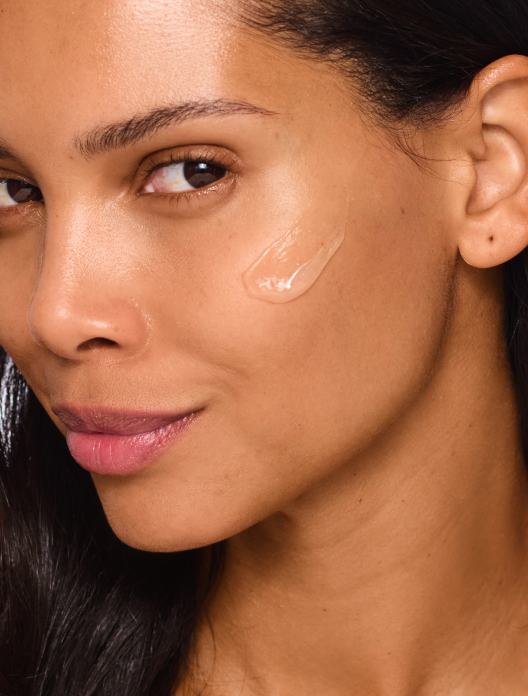
Be Your Best
Oil-based transforming cleanser for clean, nourished skin, suitable for all skin types
EU free standard delivery on orders over €150

Learning how to get smooth skin is easier than you might think. Incorporate the following into your daily skincare routine:
A simple way to make a huge difference to your skin, proper cleansing will result in a smoother, more even texture. If you wear SPF and makeup, we recommend double cleansing at night. The first will remove surface-level grime, allowing the second cleanse to efficiently and effectively clear out your pores. For extra exfoliation, you may want to use a muslin cloth to remove your cleanser. This will add a touch of exfoliation and allow you to really work into areas of congestion.
All skin types, from dry to oily, can benefit from exfoliation in the quest for a smoother complexion. Exfoliation is the process of whisking dead skin cells from the surface of the skin in order to reveal the fresher, smoother, clearer skin beneath. You can exfoliate with a scrub, but liquid exfoliants offer a slightly more sophisticated (and less messy) approach as they can simply be swept on with your fingers.
If you’re new to liquid exfoliants, we recommend you start with poly-hydroxy acids. The larger molecule size keeps them on the very top of the skin, where they break down the glue that binds dead skin cells to the surface – with a reduced chance of irritation. Experienced acid users can plump for alpha-hydroxy acids, which work in the same way but travel slightly deeper into the skin, thanks to their smaller molecule size.
Our skin faces different challenges depending on the seasons. During the summer, it has excess humidity and increased UV exposure to contend with, while winter brings with it plummeting temperatures and whipping winds. The first can make skin oilier, with sweat more likely to collect on the skin’s surface, while the latter can trigger dehydration and roughness.
If you’re noticing that your skin is feeling tight and erring on the scaly side during winter, your skin is likely dehydrated. Doubling down on hydration by incorporating ingredients like hyaluronic acid and protecting skin with a thicker moisturiser when out and about will help.
Our skin is constantly under siege from free radicals. They’re triggered by things like pollution and UV, and target the good stuff in our skin, like collagen and elastin. Free radicals are molecules that only have one electron, and are on the lookout for another one to make a pair. They steal electrons from healthy cell components, transforming them into a free radical in the process.
Picture it like skiers. Healthy cells have two skis, allowing them to whoosh down the mountain to where they need to be. Free radicals only have one ski, which means they can’t move. They need to steal a ski from a healthy cell in order to be able to travel, stranding the previously healthy cell, and hence turning it into a free radical.
Antioxidants, like vitamin C, work as security guards. They prevent the free radicals from stealing skis, meaning they can’t cause any damage to the skin. Wearing a daily antioxidant serum will reduce premature ageing, so skin holds onto its smooth texture and much-needed moisture for longer.
Not the same as roughness per se, but under-the-surface spots and congestion can be bumps in the road to super smooth skin. Blemishes are formed when pores are blocked by oils and dead skin cells, so the less of each there are in the mix, the less likely breakouts will occur.
Beta-hydroxy acids are great for getting rid of excess dead skin cells, travelling into the pores to give them a good clear out. Team it with niacinamide to balance the amount of oil on the skin’s surface to break the cycle of blemishes and congestion.
Moisturisers do a brilliant job of supporting the skin. The skin itself is a barrier, responsible for keeping good things, like moisture, in and bad things, like pollution, out. A layer of moisturiser works as an additional barrier, helping skin to keep itself soft, smooth and comfortable. Moisturisers also deliver hydration and moisture into the skin, helping to plump its surface.
SPF is a non-negotiable part of your year-round skincare regime. Not just for holidays or the summer months, UV rays, which speed up the ageing process, are present even on cold, cloudy days. Even more frighteningly, UVA rays can penetrate through glass, meaning you’re still at risk when indoors.
Not only do UV rays break down collagen and elastin (the proteins that give skin that lovely spring-back quality) but they also speed up the decline of hyaluronic acid. Without this natural moisturiser in place, skin can become dehydrated, leading to a coarser texture and amplified fine lines. Picture it like cracked, thirsty soil after a drought, compared to bouncy, fresh soil that has been regularly watered.
The solution? Using a broad-spectrum SPF to shield skin from any potential damage. Apply generously in the morning, and reapply regularly during the day, especially if you have been sweating or swimming.
Shop the article


Oil-based transforming cleanser for clean, nourished skin, suitable for all skin types
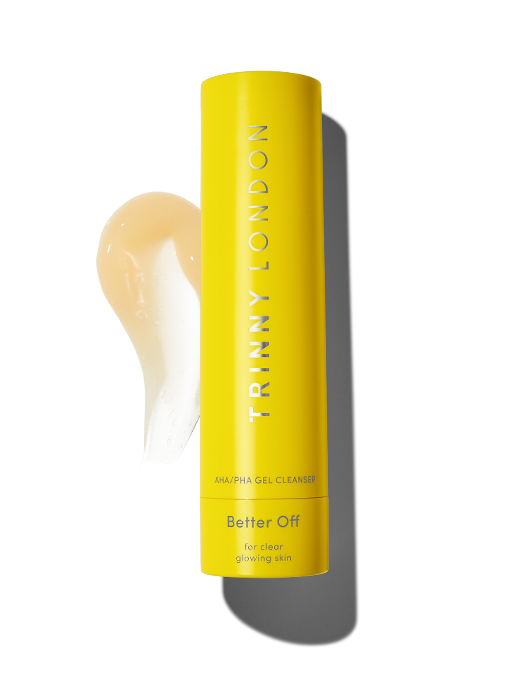
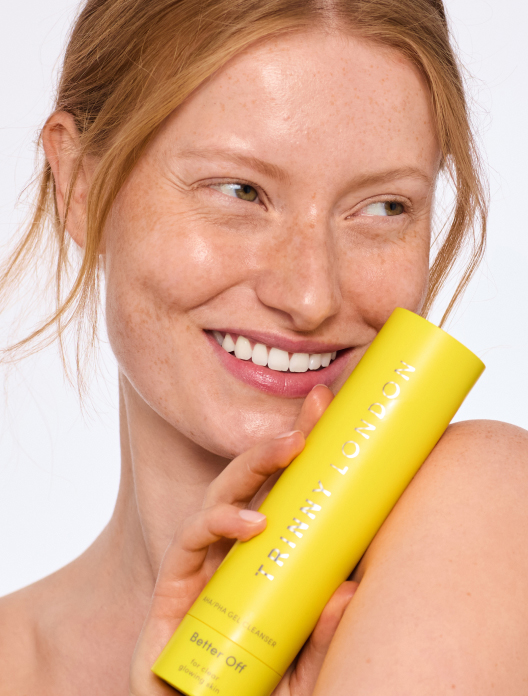
Exfoliating gel cleanser for clear, glowing skin, suitable for all skin types


Pure cotton muslin cloths for a really deep clean
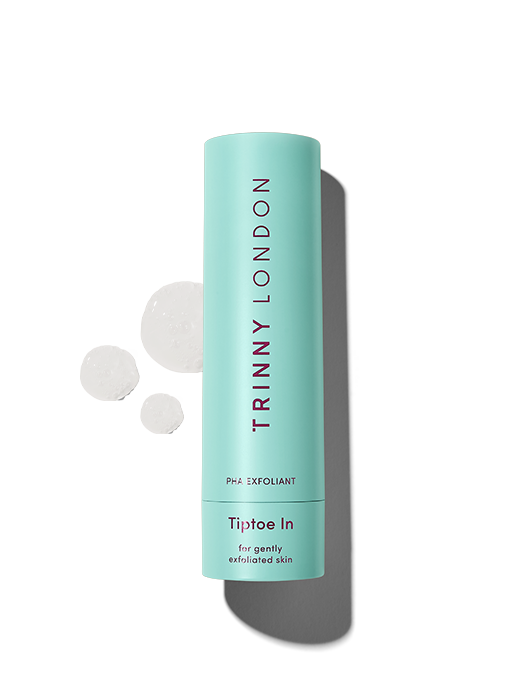
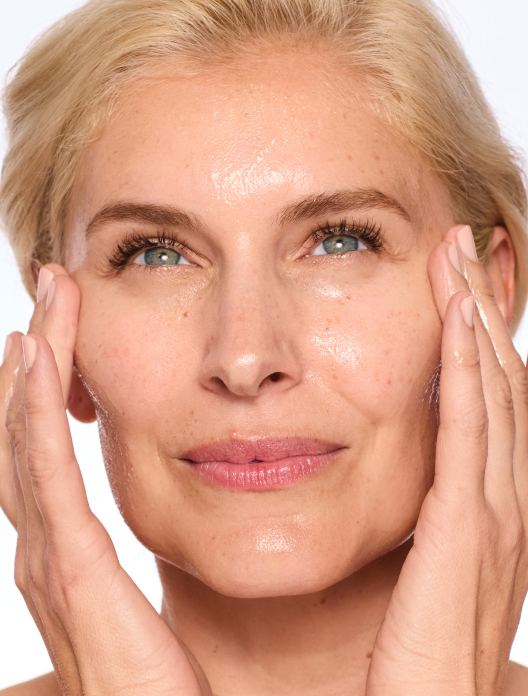
Kind-to-skin exfoliant for radiant skin, suitable for all skin types
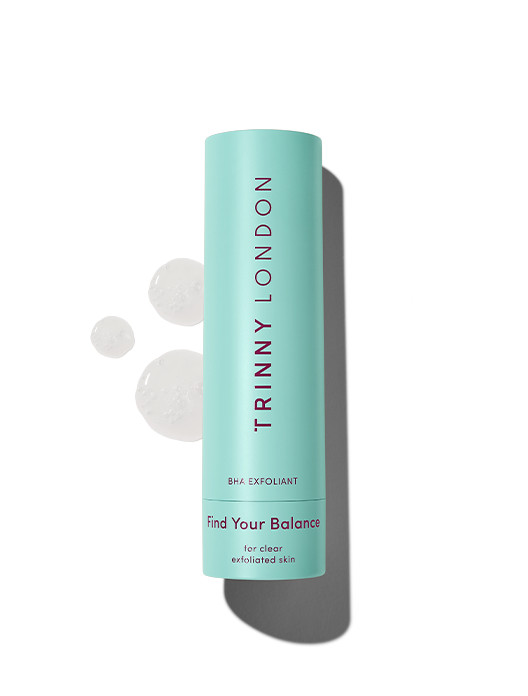
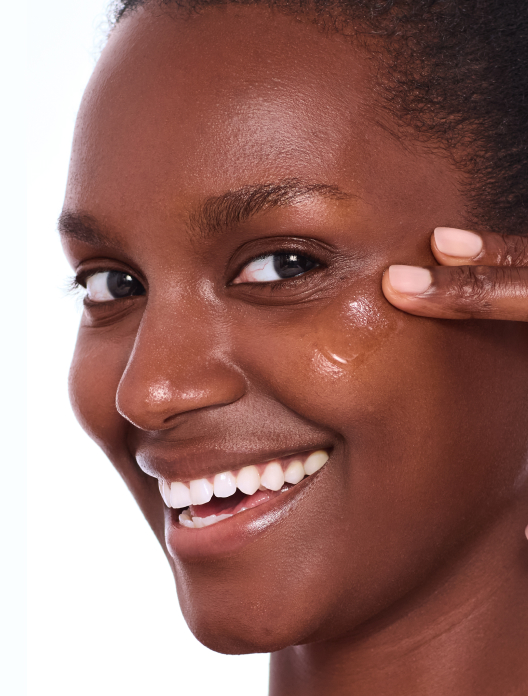
Clarifying complex to tackle blemishes
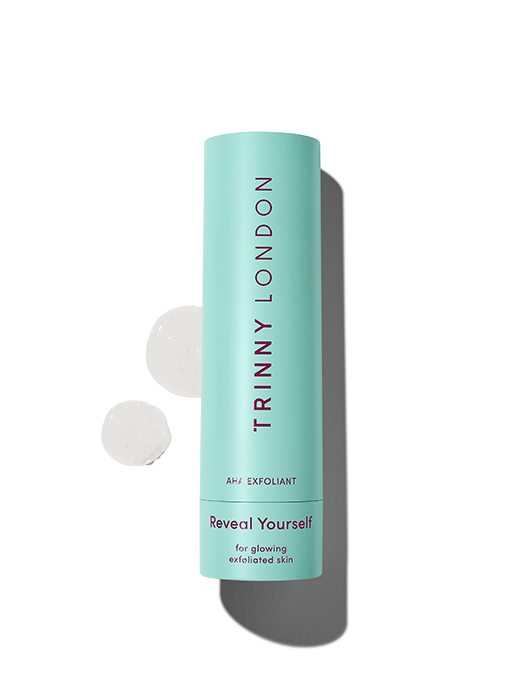
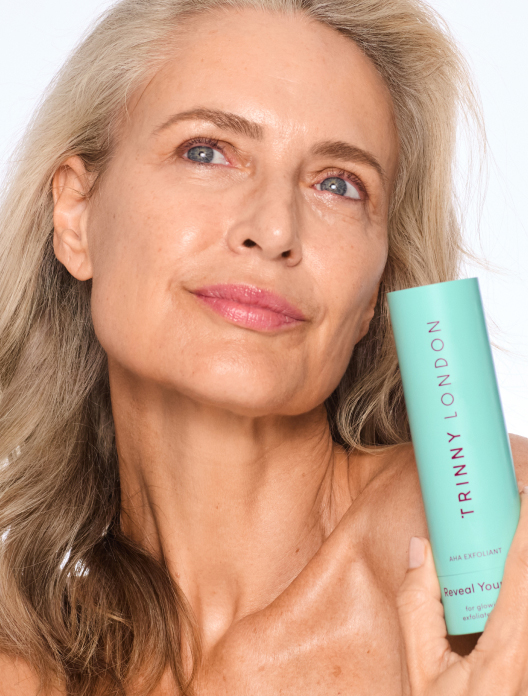
Highly active exfoliant for glowing skin, suitable for all skin types except sensitive
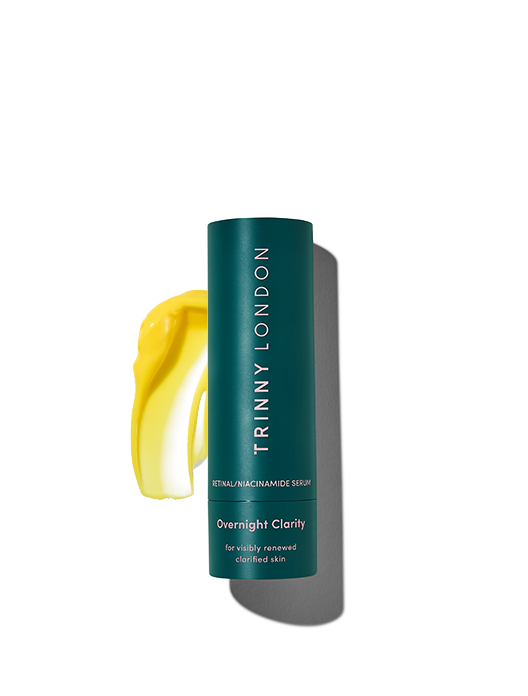
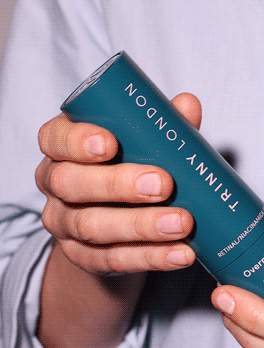
Retinal/niacinamide serum for visibly smooth, even skin, suitable for all skin types
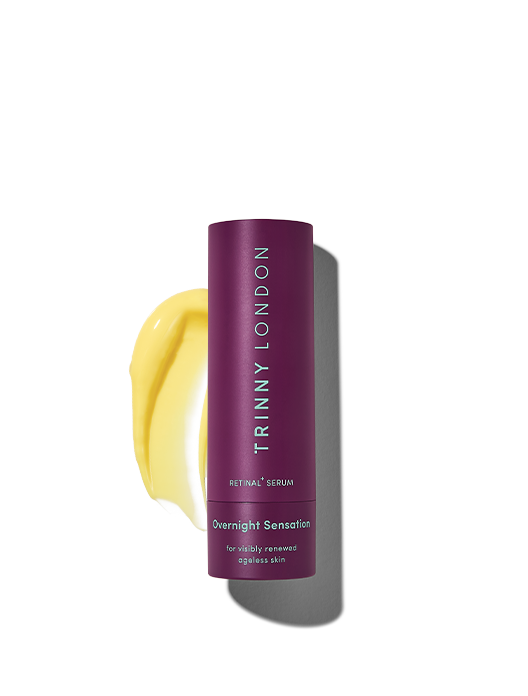
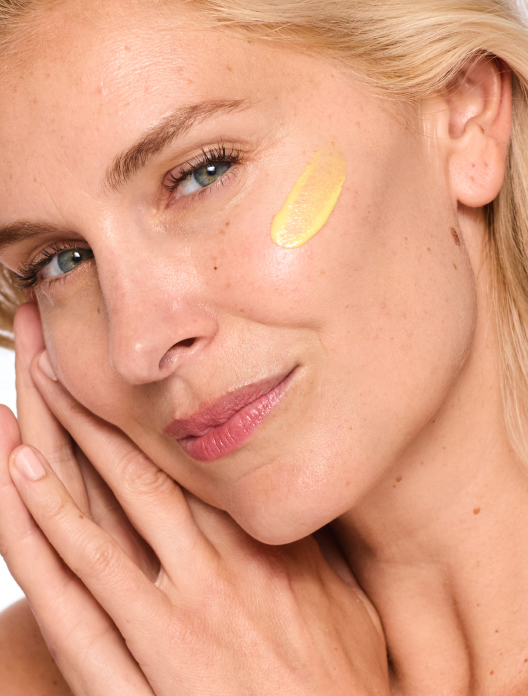
High-dose retinal serum for renewed, smooth skin, suitable for all skin types

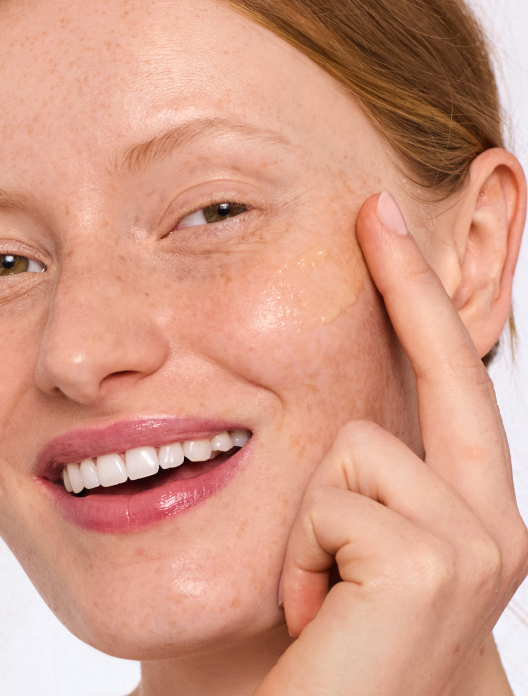
30% vitamin C serum for visibly brighter, glowing skin, suitable for highly experienced skincare users (not for sensitive skin)
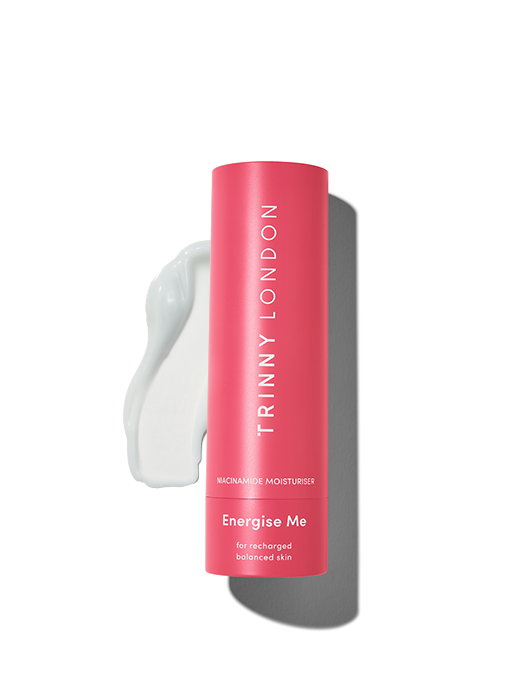
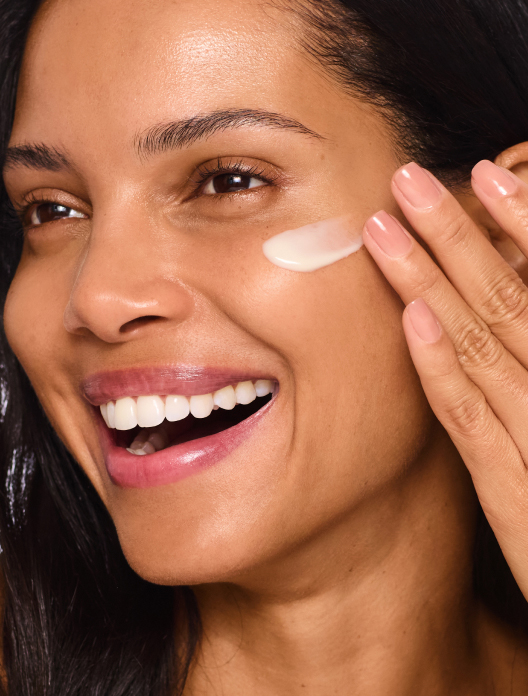
Niacinamide moisturiser for clear, energised skin, suitable for normal to oily skin
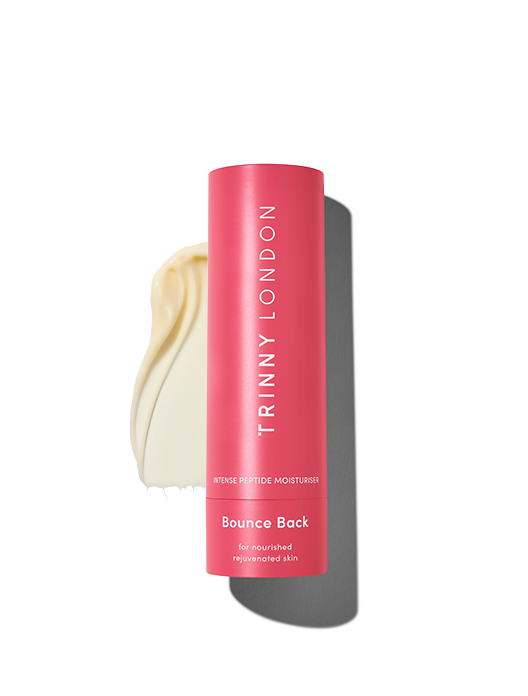
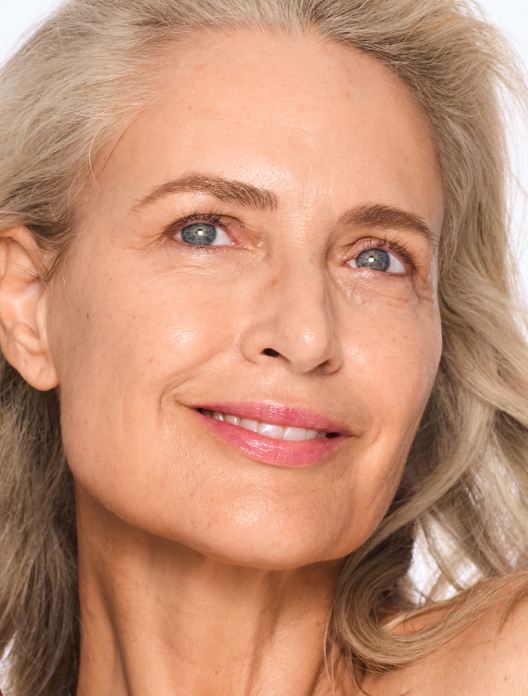
Intense peptide moisturiser for plump, bouncy skin, suitable for normal to dry skin
Read, watch and be inspired...